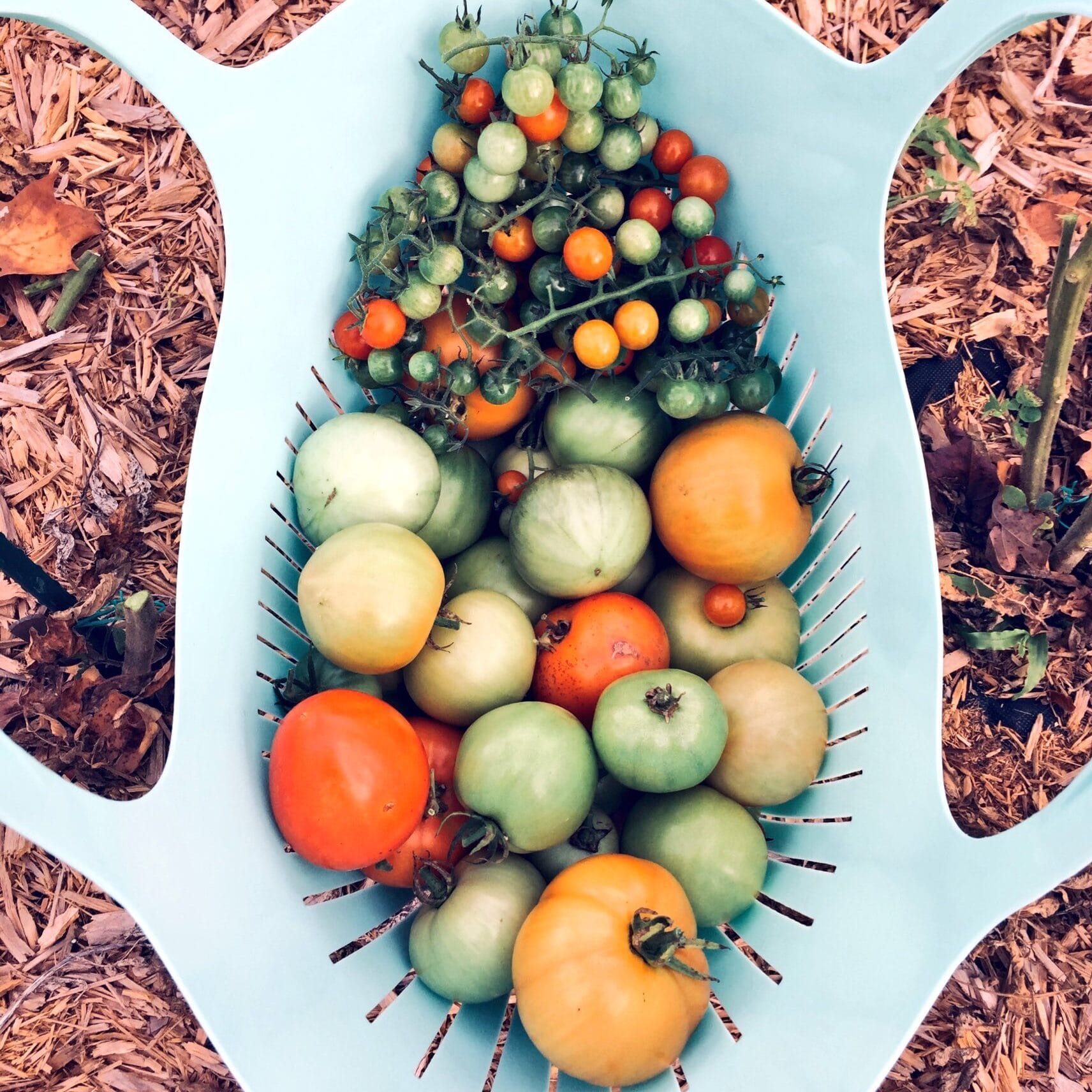Marketing lessons from the garden

As a digital marketer, I am increasingly drawn to hobbies and creative outlets that aren’t reliant on the internet, computers or even electricity. And I’m not alone. I have colleagues taking up hobbies like boat making, home brewing, and even knitting. After a long day at the office, it’s nice to work with your hands and make something tangible to balance out those clever tweets or landing pages with a 5% conversion rate.

Although a nature advocate for decades, the gardening bug really hit as I moved into a new home a few years ago. I set up a temporary garden that first season, to understand the physical conditions of my yard: the path of the sun, the wildlife, etc. Surprisingly, about 20 feet away from my garden, a rogue tomato plant grew. It didn’t look like any of the others I had planted. A seed must have been kicked up as the yard was being graded, or maybe a bird brought it over. Regardless of how, it wasn’t inside the raised bed I had built, so I neglected it. I never really watered it. And I think I even mowed over it once. But it persevered, eventually bearing tomato fruit that put my actual garden tomatoes to shame. Hands down, it was the biggest, most delicious and best tomato I’ve ever had.
The garden has evolved since that first season. The seeds of the rogue tomato were harvested and now my garden consists of nearly 40 tomato plants, half of which are from that persistent gem. And as I spend evenings or weekends toiling away, my mind inevitably drifts back to the digital world. With dirt on my hands and sweat on the brow, I realize the garden holds valuable lessons for my fellow marketers.
Be Open to Success in Unexpected Places
Just like my rogue tomato, some of our greatest opportunities come from beyond where we sew our seeds. And that’s OK! While I made the initial mistake of disregarding that opportunity, marketers should constantly be on the lookout for new social channels, additional inbound link opportunities and campaigns that drive traffic without our attention. Keep a watchful eye on your Google Analytics for traffic coming from sites not yet on your radar. Stay tuned to what’s happening with referral sites and MLS aggregates. Most importantly, when a lead does roll in from an unexpected place, don’t mow over it. Give it some water and see what you can make from it. Chances are good it will surprise you.
Plan Ahead
If I waited until I craved a fresh, homegrown tomato to start thinking about my garden, I’d be out of luck. At best, I could visit a local farmer’s market (expensive) or head down to the local supermarket (blech). Lack of planning forces me to fall back to a more expensive or subpar product. A great tomato season in July and August is reliant on actions back in February and March — starting seeds indoors, hardening off the young seedlings and transplanting at just the right time. To ensure a constant harvest, I’ll even stagger the start of plants over a few weeks and stretch those fresh tomatoes into October or November. The parallels to an onsite sales person wanting more traffic or an Online Sales Counselor craving more leads shouldn’t be lost. Sit down with a calendar and plot out the volume of leads you’ll need for the year. Work backwards from Community Grand Openings and sales goals. Build out your campaigns to support that need. Know that a delay in planning can easily result in overspending (expensive) or lower quality leads (blech).
Experience has taught me the most successful lead generation campaign, like the most successful garden, is the one thought out in advance.
Nurture
Just like a strong garden needs regular care, all of your marketing campaigns need regular tending to maximize performance. A soil test will check the levels of nitrogen, phosphorous and potash in your garden; uncovering which fertilizers are needed to amend soil. Mature gardeners will also keep tabs on PH levels. Do the same for your marketing efforts. Identify a set of common performance metrics for your campaigns to help diagnose and treat potential issues. Focus on monitoring Click-through Rate (CTR), Cost per Click (CPC), Conversion Rate and Cost per Conversion over time by channel. A drop in a Facebook ad CTR might indicate new photos are not performing. And you might decide to invest more time in your AdWords negative keyword list after a few changes drive a decrease in AdWords CPC. Across all channels, you can compare Cost per Conversion to ensure you are spending wisely. Just as I test the soil at the start of every season, check your metrics often to ensure progress.
Gardens need regular watering just like potential leads are thirsty for more content. Savvy shoppers are increasingly researching online for weeks or months before contacting a business. Ensure all of your product content is accessible by everyone. When they are thirsty, they need to find answers to their questions fast. Avoid practices like hiding basic content or asking visitors to “call for details.” Your visitors will dehydrate!
But beware: overwatering can be just as dangerous! Maintain a balance of how much content you push in a short period of time. A visitor receiving multiple marketing emails in a week or seeing three remarketing display ads on every page they browse is getting too much water.
Also, don’t be afraid to prune. Not every branch can produce fruit, and not every lead source can sustain the volume and cost of leads that you need. Know the core metrics your campaigns need to hit and be ready to trim as needed. You’ll be able to focus on growing bigger, healthier campaigns.
Harvest
Harvest your crop too soon and you have small, undeveloped and tasteless tomatoes. Harvest too late and you risk rot. Asking for the conversion from website visitor to lead can be just as tricky. Align your Call to Action (CTA) with your content. A Grand Opening event landing page should ask the visitor to “RSVP.” A Facebook post highlighting a new model home could close with “Visit Today.” Don’t miss the opportunity by burying a contact page or phone number too deep on your website. And try to avoid the ever so blasé “Submit” button once they get there.

As my garden routine has grown more detailed and regimented, so have my lead generation techniques. My harvest is larger and more bountiful year over year, as is lead performance. Thus, allow me to update the famous H. Jackson Brown, Jr. quote:
“Remember that relationships, careers, flowers [and now lead generation] reflect the kind of care that they get.”
So the next time you are taking some joy in your hobby, think of the lessons that can be implemented back in the office. As the humble, rogue tomato in my yard has grown, I hope your marketing practice grows as well.
This article first appeared as a Guest Post during Thoughtful Thursday on the Meredith Communications Blog.